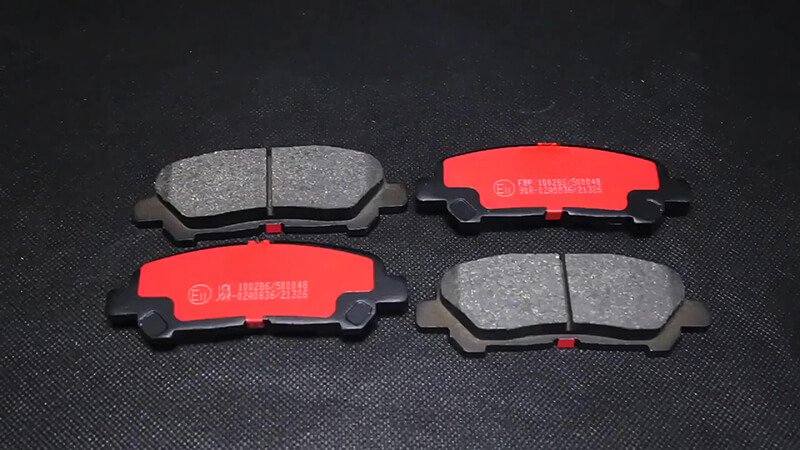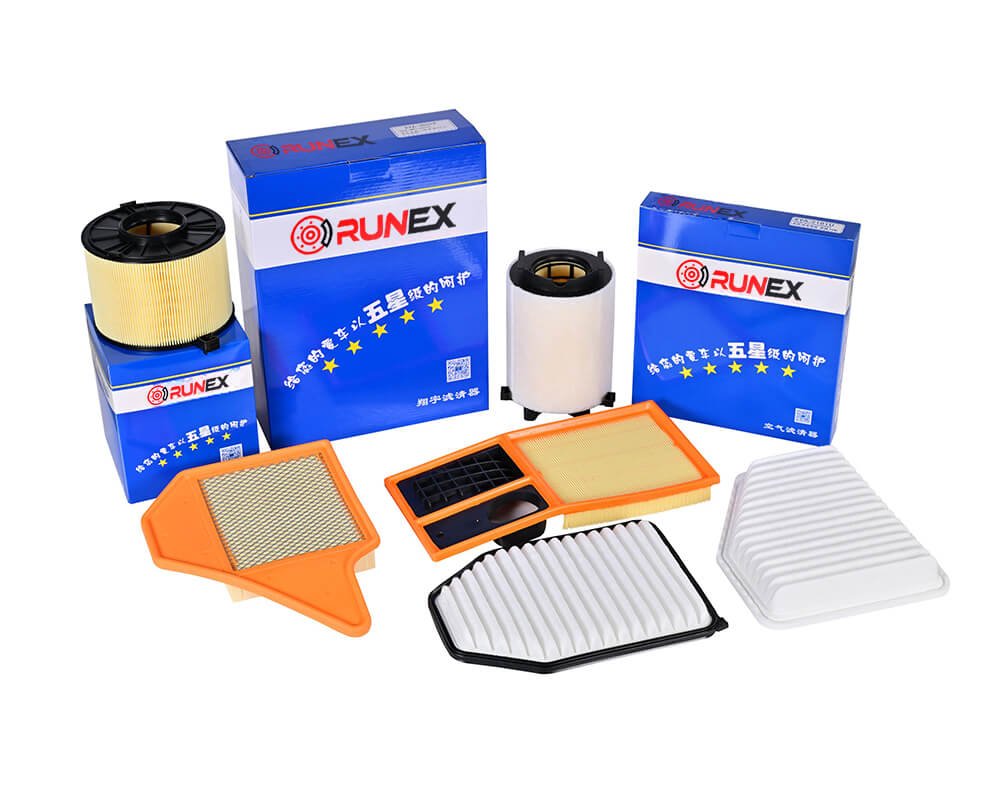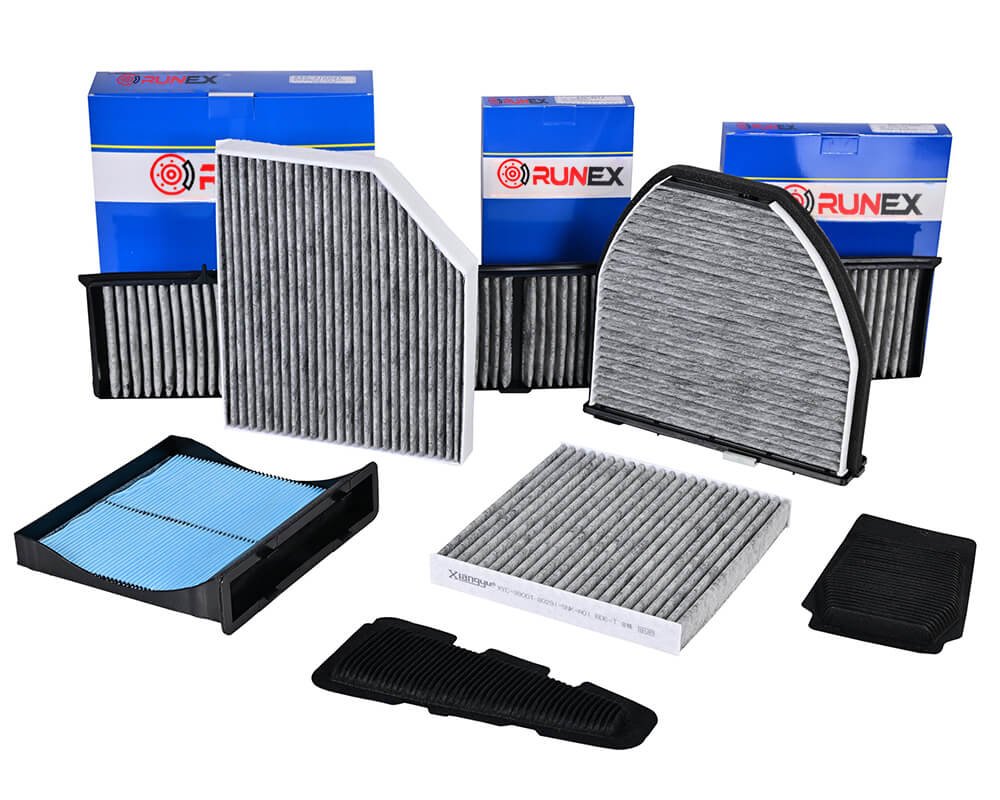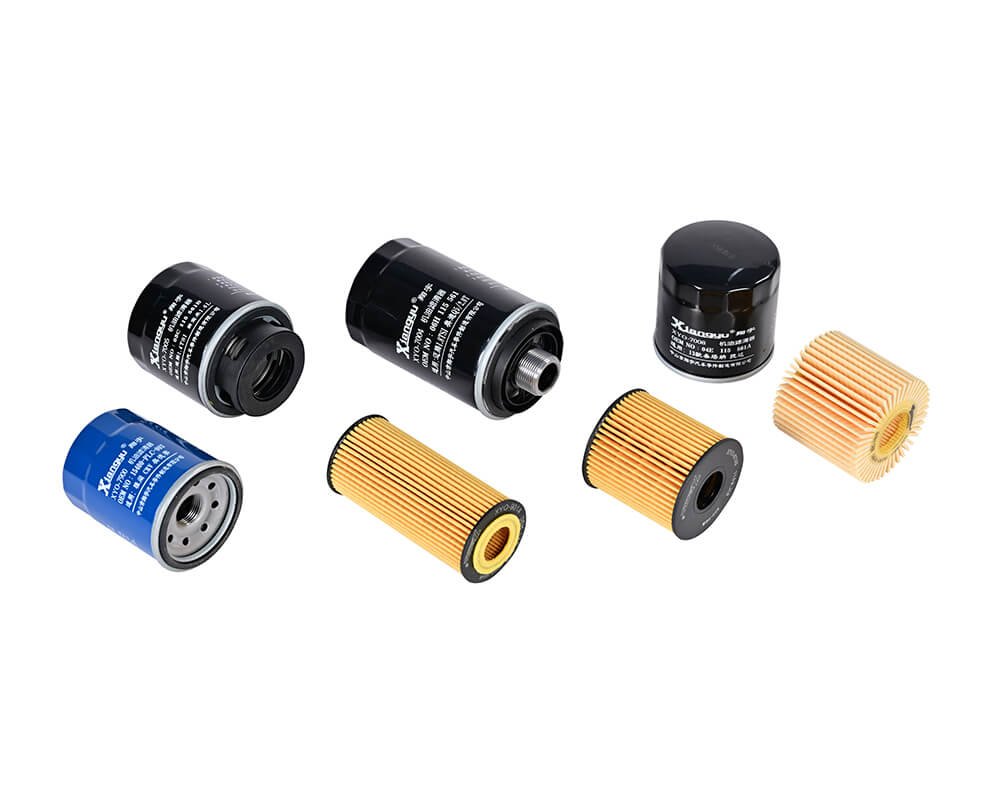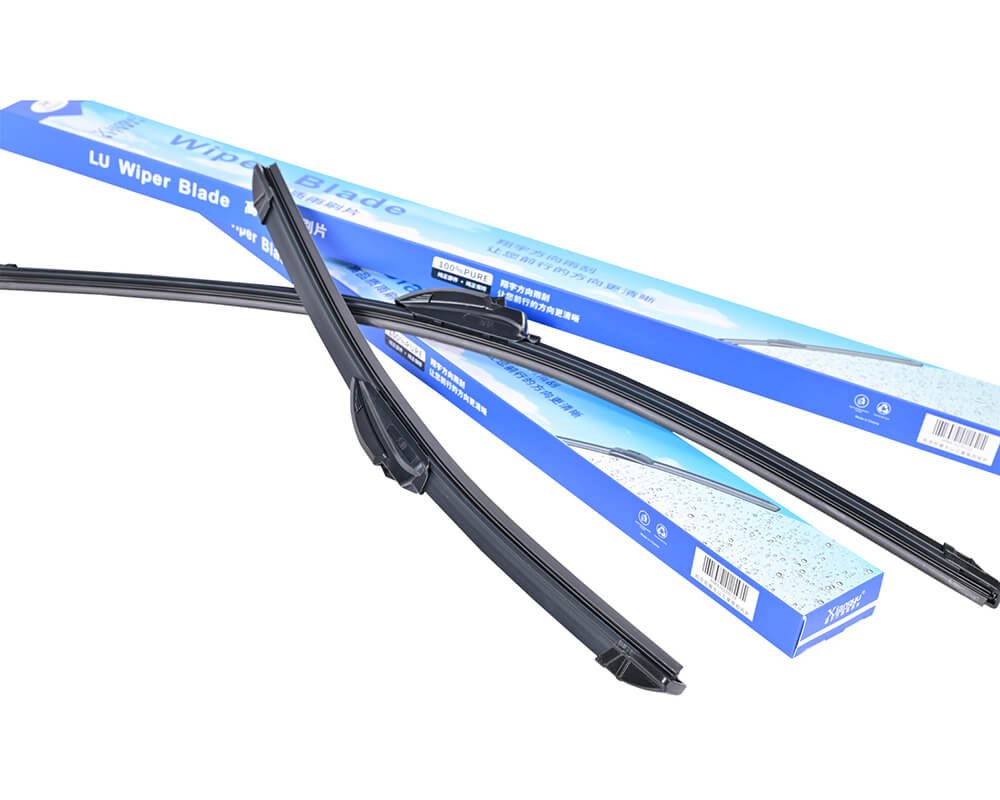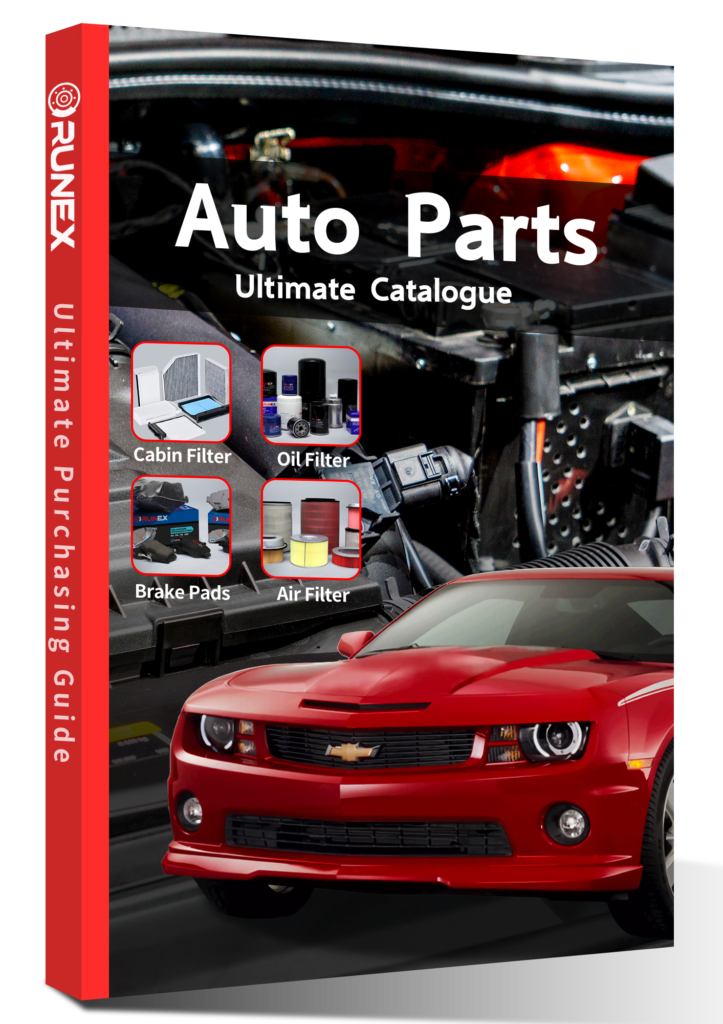Brakes are one of the most crucial parts of your car. Without them, safety becomes a serious concern. But knowing how to take care of them and when to get them serviced is key to ensuring your vehicle runs smoothly and safely.
Brake maintenance is something every car owner should be aware of. Properly maintaining your car’s brakes not only ensures safety but also helps avoid costly repairs in the future. Let's explore what you need to know about brakes and their upkeep.
In this article, we’ll dive into common brake maintenance questions, from how to recognize when you need new brakes to understanding the different types of brakes. Let’s start with the most frequent maintenance task every car owner should keep in mind.

What is the most frequent maintenance task for a car?
One of the most common car maintenance tasks is checking and maintaining the brakes. While oil changes and tire rotations are important, ensuring your brakes are in good working condition is non-negotiable for your safety.
Brake inspection and maintenance are routine tasks that should never be overlooked. Brakes experience wear over time, so regular checkups help identify problems before they escalate, ensuring your vehicle's safety.
Regular brake maintenance involves inspecting the brake pads, discs, fluid levels, and other components to ensure they are in good condition. Here’s why it's so important:
-
Brake Pad Inspection1: Brake pads wear down as they are used. If the pads become too thin, they might not effectively stop the car. This can lead to serious safety issues, so checking the thickness of the pads regularly is crucial. Depending on your car, brake pads should be replaced when they wear down to about 3mm or less.
-
Brake Fluid Check2: Brake fluid is essential for the hydraulic system that helps the brakes function. Low brake fluid levels can reduce braking efficiency. Over time, brake fluid can also absorb moisture, which reduces its performance, so it should be replaced periodically, generally every 2 years or 24,000 miles.
-
Brake Disc or Rotor Check3: The brake discs (or rotors) must be smooth and free from damage. Warped or damaged rotors can cause vibrations during braking, leading to discomfort and reduced braking power. They should be checked for scoring, grooves, or cracks, and if necessary, resurfaced or replaced.
-
Brake Line Check4: Brake lines can corrode, causing fluid leaks. If a brake line fails, it can lead to a complete brake failure, so it's important to ensure they are intact and free from leaks. You should check for rust or wear every 12 months, especially if the car is driven in areas with a lot of road salt.
-
Signs of Brake Issues: Squeaking, grinding, or pulsating during braking are clear signs that the brakes need attention. If you notice these sounds or feelings, it’s time to schedule a maintenance check.
| Component | Maintenance Tip | Frequency |
|---|---|---|
| Brake Pads | Replace when they wear down to 3mm or less | Every 12,000-20,000 miles |
| Brake Fluid | Replace brake fluid due to moisture buildup | Every 2 years or 24,000 miles |
| Brake Discs/Rotors | Inspect for scoring, grooves, or cracks | Every 12,000 miles or when brakes feel unbalanced |
| Brake Lines | Check for rust or leaks | Every 12 months |
By keeping up with these tasks, you ensure that your vehicle’s braking system remains reliable, minimizing risks and avoiding more expensive repairs down the road.

How do I know what brakes I need for my car?
Choosing the right brakes for your car can be confusing, especially with all the different types of pads, rotors, and materials available. But it’s important to know what your car requires to ensure optimal performance and safety.
To determine the correct brakes for your vehicle, consider the make and model of your car, driving habits, and the conditions in which you drive. The right brake parts depend on these factors to ensure they perform well and last longer.
When selecting the right brakes for your car, there are several factors to consider. Here’s a breakdown:
-
Vehicle Specifications5: The first step in choosing the right brakes is to check your car’s manual. The manufacturer will typically specify the type of brake pads and rotors your car needs. This is essential for maintaining proper vehicle function and safety. Using non-recommended components can lead to compromised performance and even vehicle damage.
-
Driving Style6: Your driving habits play a big role in determining which brakes are best for your car. For example, if you do a lot of city driving with frequent stops, you might need softer, quieter brake pads. If you drive on highways or do heavy towing, performance brake pads with higher heat resistance may be necessary.
-
Brake Materials7: Brakes come in a variety of materials, such as organic, semi-metallic, and ceramic. Organic pads are softer and quieter but wear out faster. Semi-metallic pads are durable and perform well in a variety of conditions, while ceramic pads offer excellent performance with less dust and noise, making them ideal for many car owners.
-
Budget8: While it’s tempting to go for cheaper brake pads, this might not be the best choice in the long run. Cheaper pads tend to wear out faster, potentially causing other damage to the brake system. Opting for mid-range or premium brake pads might save money in the long run as they tend to last longer and offer better performance.
-
Climate Considerations9: In colder climates, brakes with better heat dissipation are important. In contrast, in hotter areas, brakes that handle high temperatures are more effective. Be sure to consider your local weather conditions when choosing the right parts.
| Brake Material | Pros | Cons | Best For |
|---|---|---|---|
| Organic | Quiet, cost-effective | Wear faster, more dust | Light city driving, standard cars |
| Semi-metallic | More durable, better heat resistance | Noisier, more dust | Heavy-duty driving, high-performance cars |
| Ceramic | Quieter, less dust, longer lifespan | More expensive, harder on rotors | High-performance vehicles, daily drivers |
By taking all of these factors into account, you can select the perfect brake pads and rotors for your car, ensuring safe, reliable, and efficient braking.

What are service brakes on a car?
When you hear the term “service brakes,” you might wonder exactly what they are and how they differ from other brake components. Let’s break it down and clarify what service brakes are and how they function in your car.
Service brakes are the primary braking system in your vehicle, typically operated by the foot pedal. They are designed to stop the car under normal driving conditions and are an essential part of your car’s overall braking system.
The term "service brakes" refers to the system that is most commonly used to slow down or stop a vehicle. Here’s an overview of what service brakes entail:
-
Components10: Service brakes typically consist of the brake pads, rotors, calipers, and the hydraulic system that transfers force from the brake pedal to the braking components. When you press the brake pedal, the hydraulic fluid in the system applies pressure to the brake pads, which clamp down on the rotors to stop the wheels from spinning.
-
Different from Parking Brakes11: Service brakes are different from parking brakes, which are used to keep the vehicle stationary when parked. While parking brakes usually work mechanically, service brakes are operated hydraulically and are much more powerful.
-
Types of Service Brakes12: There are two main types of service brakes: disc brakes and drum brakes. Most modern cars use disc brakes, which provide better performance and cooling than drum brakes. Disc brakes are generally more efficient at dissipating heat, reducing the chances of brake fade.
-
Importance of Regular Maintenance13: The service brake system needs regular maintenance to ensure it’s functioning correctly. Over time, the brake pads and rotors wear down, and fluid levels can drop. If neglected, the brakes might fail to provide adequate stopping power, leading to potential accidents or costly repairs.
-
Hydraulic vs. Mechanical Systems14: Service brakes are typically hydraulic, which means that they use brake fluid to transfer force from the brake pedal to the braking components. In contrast, mechanical systems use cables and levers, which are found in older cars or in the parking brake system.
| Brake System | Type | Components | Maintenance Focus |
|---|---|---|---|
| Disc Brakes | Hydraulic | Brake pads, rotors, calipers | Fluid levels, pad wear, rotor condition |
| Drum Brakes | Mechanical | Brake shoes, drum, springs | Shoe wear, drum wear |
| Parking Brakes | Mechanical | Cable, lever | Cable adjustment, wear and tear |
Understanding how the service brake system works helps car owners ensure their vehicles are in good condition. Regular inspections and maintenance are key to keeping this critical system operating safely and effectively.

How often should car brakes be serviced?
Knowing how often to service your car’s brakes is essential for ensuring safety and performance. But what exactly is the right frequency for brake maintenance? Let’s take a closer look.
The frequency of brake service depends on factors like driving habits, vehicle type, and the condition of your brakes. As a general rule, it’s recommended to have your brakes inspected every 12,000 miles or once a year.
Dive deeper Paragraph:\
Brake maintenance frequency varies based on several factors. However, some general guidelines can help you stay on top of brake health:
-
Regular Inspections15: A good rule of thumb is to have your brakes checked every 12,000 miles (about once a year) or whenever you notice unusual sounds, vibrations, or changes in performance. Even if you don’t notice any issues, regular inspections can catch problems early before they become serious.
-
Driving Conditions16: If you drive in stop-and-go traffic, tow heavy loads, or drive on hilly terrain, your brakes may wear out faster. In such cases, more frequent inspections and maintenance may be needed.
-
Brake Fluid Replacement17: Brake fluid needs to be replaced every 2 years or so, depending on the manufacturer's recommendation. Over time, the fluid can absorb moisture, reducing its effectiveness. Regularly changing the brake fluid ensures the hydraulic system functions at peak efficiency.
-
Signs of Wear18: If you notice any signs of brake wear, such as squeaking, grinding, or reduced braking power, it’s time to have them checked. These signs indicate that your brake pads or rotors might be worn down and need replacement.
-
After Extreme Conditions19: If your car has been subjected to extreme driving conditions, like heavy rain, off-road driving, or high temperatures, it’s a good idea to have the brakes checked sooner. These conditions can accelerate brake wear and may require earlier maintenance.
| Maintenance Task | Recommended Frequency | Reason for Service |
|---|---|---|
| Brake Inspections | Every 12,000 miles or annually | To check for wear, fluid levels, and disc condition |
| Brake Fluid Replacement | Every 2 years or 24,000 miles | To avoid moisture buildup and maintain hydraulic efficiency |
| Pad Replacement | Every 12,000-20,000 miles | To ensure proper stopping power and safety |
| Rotor Resurfacing or Replacement | When rotors show signs of damage | To prevent vibration and uneven braking |
By staying on top of your brake servicing, you ensure that your vehicle remains safe and functional for years to come.
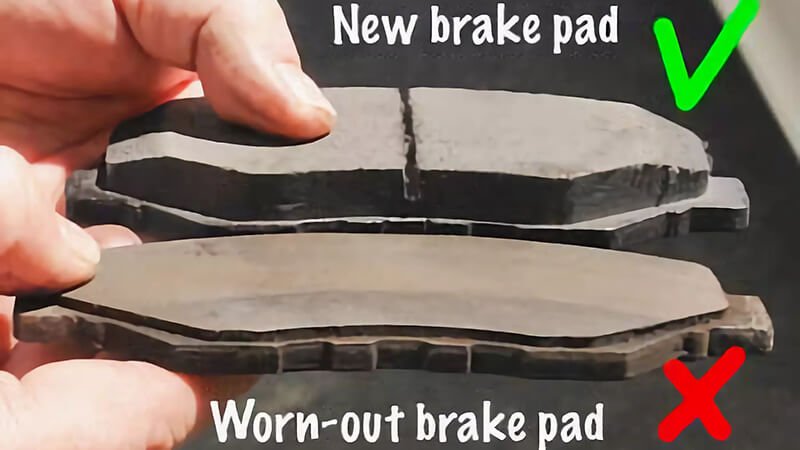
Conclusion
In conclusion, proper brake maintenance is essential for the safety and performance of your vehicle. By understanding the common tasks involved in brake upkeep, knowing how to choose the right brakes, and maintaining your service brakes, you can extend the life of your vehicle and ensure your safety on the road. Always stay vigilant about brake maintenance and get them serviced regularly to avoid any surprises.
-
Learn the importance of inspecting brake pads regularly for safety. ↩
-
Understand the importance of maintaining brake fluid levels for optimal performance. ↩
-
Know how to identify damaged rotors and prevent brake system failure. ↩
-
Find out how to inspect brake lines to avoid fluid leaks and ensure safety. ↩
-
Learn how to locate the brake specifications for your specific vehicle model. ↩
-
Understand how driving habits influence the type of brake pads needed for safety and performance. ↩
-
Get insights into various brake materials and their advantages for vehicle performance. ↩
-
Discover why mid-range or premium brake pads can be a better investment. ↩
-
Learn how to choose brakes based on weather conditions for optimal function. ↩
-
Get detailed information on how the service brake system operates and its key parts. ↩
-
Understand the key distinctions between service brakes and parking brakes in vehicle safety. ↩
-
Learn about the types of service brakes and how they affect car performance. ↩
-
Learn why consistent brake system maintenance is crucial for vehicle safety. ↩
-
Find out how hydraulic and mechanical systems differ in brake functionality. ↩
-
Learn the recommended frequency for brake inspections to maintain vehicle safety. ↩
-
Understand how different driving environments can impact brake longevity and performance. ↩
-
Discover the importance of brake fluid replacement for optimal brake system function. ↩
-
Learn to recognize the warning signs of brake wear for timely maintenance. ↩
-
Find out how harsh driving conditions influence brake performance and maintenance needs. ↩

